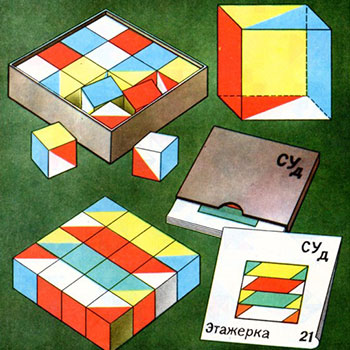27 identical drops of water are equally and simillarly charged to potential V.They are then united to form a bigger drop.The potential of the bigger drop is??Thank u!!
1 Answer
Let me derive the general expressions for this condition.
Let there be
When these
Let the radius of the bigger drop be
The volume of the bigger drop must be equal to the sum of volumes of
There are total
A drop is spherical in shape. Volume of a sphere is given by
Taking third root on both sides.
Also the charge of the bigger drop must be equal to the sum of charges on the individual drops.
The potential of the bigger drop can be given by
Since,
Therefore,
Now we have found a general equation for this case.
In this case there are
This shows that in your case the potential of the bigger drop is

